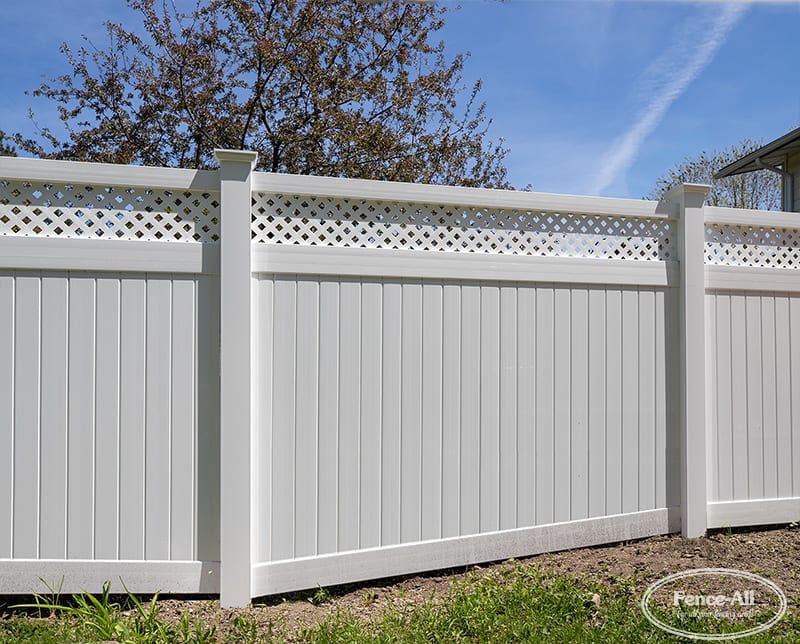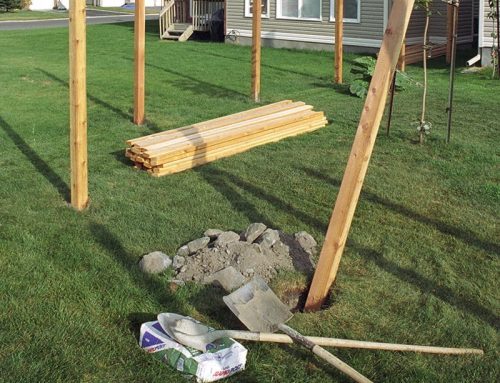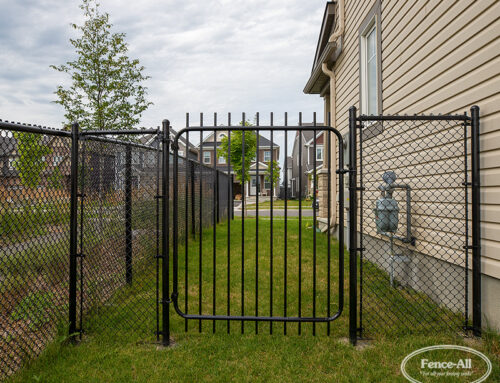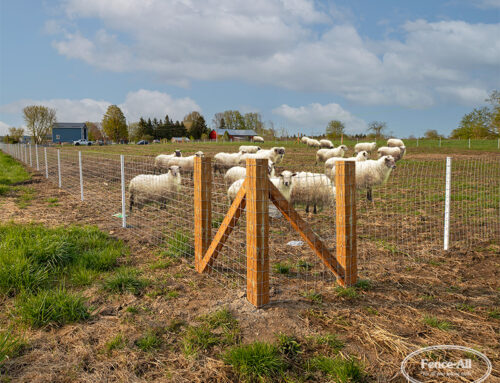Building a fence on uneven ground can present unique challenges, but with the right approach, it can be done effectively and aesthetically. Here are several solutions to consider, each tailored to different levels of unevenness in your yard.
Stepping the Fence
One common technique is to step the fence, which involves installing the fence in sections that follow the contour of the ground. This method works well for moderately uneven terrain and helps maintain a consistent fence height while accommodating the natural slope of your yard.
Pros:
• Maintains a uniform appearance.
• Suitable for moderate slopes.
Cons:
• May leave gaps at the base of the fence in some areas.
• Requires precise measurement and cutting.
Sloping the Fence
For gentle slopes, sloping the fence can be an effective solution. This involves angling the fence panels to follow the incline of the ground, creating a more seamless integration with the landscape.
Pros:
• Smooth, continuous fence line.
• Less noticeable gaps compared to stepping.
Cons:
• Not possible for all types of fences.
• Can be challenging to achieve a consistent angle.
• More complex installation process.
Custom Contouring
If the terrain is highly irregular, custom contouring might be necessary. This can include techniques such as adding iron picket extensions or cutting wooden fence boards to match the ground’s contour. This method ensures that the fence closely follows the natural undulations of your yard.
Pros:
• Highly customizable to the terrain.
• Offers a tailored look.
Cons:
• Labour-intensive and more expensive.
• Requires skilled craftsmanship.
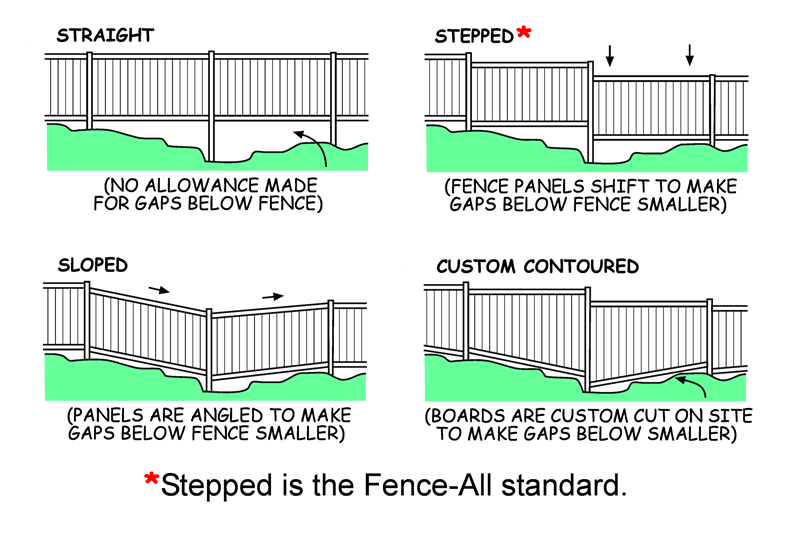
Under-Fence Gap Protection
For extreme gaps caused by uneven ground, adding vinyl or wood boards below the fence is a practical solution. These boards can fill significant gaps, providing a clean and uniform appearance. It should be noted that these boards are never attached to the fence. Doing so would cause structural damage when the ground shifts with the change in seasons.
Pros:
• Effective for large gaps.
• Durable and low maintenance.
Cons:
• Adds to the cost of the fence.
• Alters the look of the fence slightly.
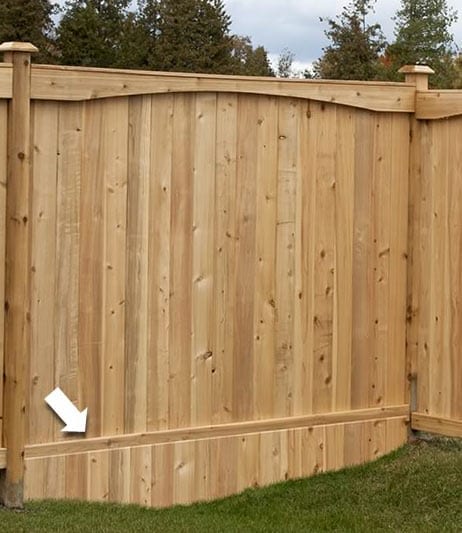
Gap protection is not directly fixed to the fence so heaving is not a problem.
Adjusting the Ground Level
Another option is to install the fence first and then adjust the ground level to close any gaps. This can involve adding dirt or other landscaping materials to raise the ground where necessary. An important note: the ground should never touch the bottom of the fence. Doing so will cause heaving problems and voids any warranties associated with the fence.
Pros:
• Every gap can be treated individually (not a one size fits all solution)
• Can enhance the overall landscaping of your yard.
Cons:
• Requires additional landscaping work.
• Takes more time to achieve the desired result.
• Voids warranty if earth contacts the bottom of the fence.
Choosing the Right Solution
The best solution for your fence depends on the specific characteristics of your yard and your personal preferences. Consider how uneven your ground is, the desired appearance of the fence, and how much effort you’re willing to put into the installation and potential landscaping adjustments.
Consulting with a professional can provide you with tailored advice and ensure that your fence is both functional and attractive, regardless of the terrain. Whether you opt for stepping, sloping, custom contouring, adding boards, or adjusting the ground level, there are plenty of options to create a beautiful and secure fence on uneven ground.
More questions?
If you have other questions about fences we’re happy to answer them. Call 613-736-1122 or hit the chat button on the right during business hours.

“For all your fence, deck, and railing needs”
